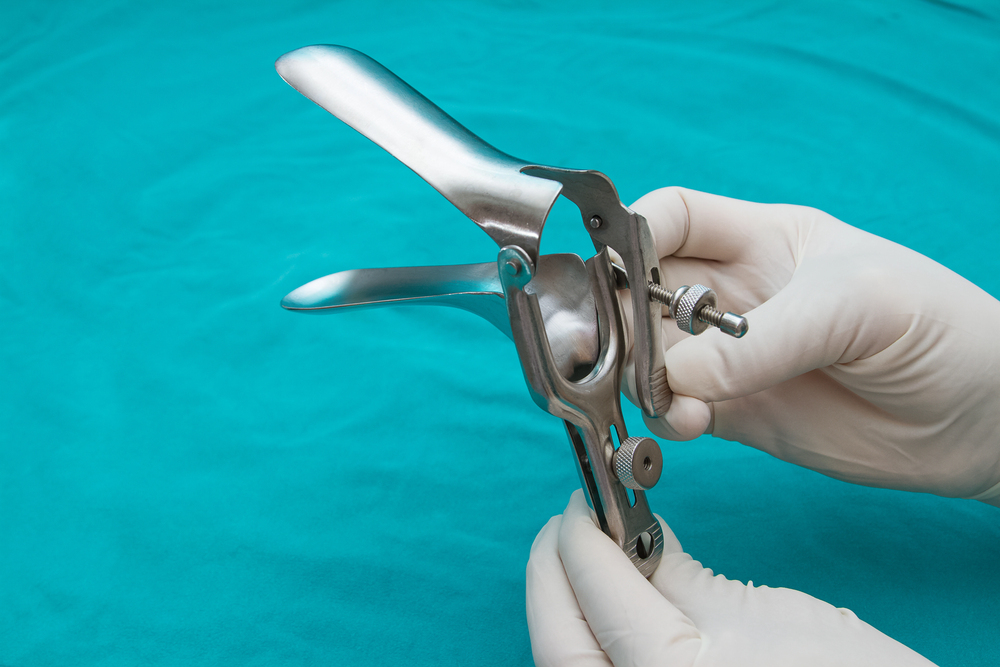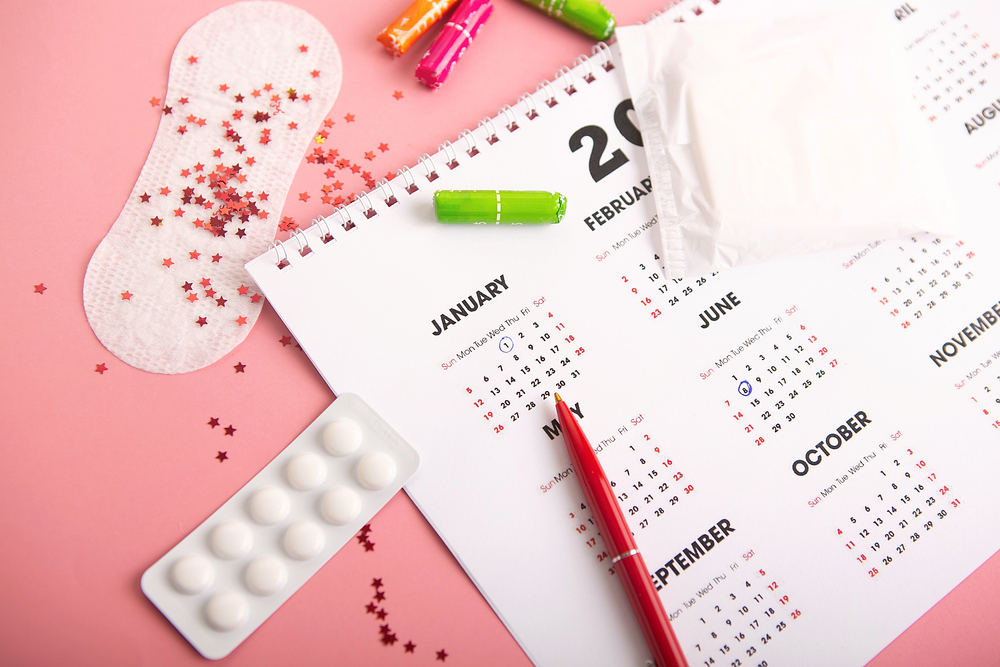What You Need To Know About Your Baby’s Development
Published on 06/04/21
The first step in pregnancy is fertilization. This is the union of an egg and a sperm into a single cell. Sounds simple but it’s the first step in a series of very complicated steps that lead from pregnancy to conception to your baby’s development.
How Does Conception Work?
Every woman goes through a reproductive cycle that ends in one of two ways. Either a menstrual period or pregnancy. This cycle starts in our puberty years and is continuous through to menopause. Basically your teen years to around age 50.
When trying to get pregnant, there are several steps. Eggs develop in small fluid filled cysts called follicles, where each immature egg is contained for growth. One egg out of the group will mature and continue on throughout the cycle. When this happens, the eggs get ready to leave the ovary for ovulation. The follicles then suppress all other follicles in the group and the others stop growing at this point. The mature follicle now opens and releases the egg from the ovary for ovulation.
Ovulation occurs about two weeks before your net menstrual period begins and is generally during the middle of your cycle.
After ovulation occurs, the ruptured follicle develops into a structure called the corpus luteum. This is where the hormones estrogen and progesterone help prepare the endometrium, or the lining of the uterus for fertilization.
If you don’t become pregnant during your cycle, this lining is what is shed during your period.
Fertilization happens about two weeks after your last period. As the sperm penetrates the egg, it prevents other sperm from entering by changing the protein coating of the egg.
At this moment, your baby’s genetics are complete including the sex.
Gender is determined by the sperm that fertilizes the egg when it is conceived. Females have a genetic combination of XX and men have XY. The mother provides the egg with an X that combines with the sperm that can be either an X or Y.
What Is Pregnancy?
The start of pregnancy is the first day of your last period. This is the gestational age. It’s about two weeks before conception actually occurs. This may seem odd but this actually helps to determine the baby’s due date and how far along you are in pregnancy.
Fertilization then takes place in the fallopian tube and over the next few days the single cell made up of the sperm and the egg starts to divide into multiple cells. These small clusters of dividing cells move through the fallopian tube and stay there for about three days. The fertilized egg, a blastocyst, continues to divide as it passes slowly through the fallopian tube into the lining of the uterus. It then breaks out of it’s protective covering
This is where the cells start to implant and grow. After 8 weeks, it’s considered an embryo and after 9 weeks it’s called a fetus. This is called implantation. When the blastocyst makes contact with the endometrium, hormones are exchanged. This helps the blastocyst attach. This is why some women notice spotting/bleeding during implantation. This is normal! The endometrium becomes thicker and the cervix is sealed by a plug of mucus.
Within the next three weeks, the blastocyst forms an embryo and nerve cells are formed.
Uterus Changes During Pregnancy
During pregnancy, for the above reasons, the lining of your uterus thickens and its blood vessels enlarge. This helps provide nourishment to the fetus. As your baby develops, your uterus will expand to make room for the baby’s growth and development. By delivery, your uterus will expand to many times it’s normal size.
The Placenta
Some of these rapidly dividing cells form the placenta. This is vital for life support during pregnancy. The placenta transfers hormones, oxygen, and nutrients to the fetus.
How Long Is A Full Term Pregnancy?
Normal pregnancy lasts from the first day of your last period to about 40 weeks. The two weeks after the start of your last menstrual period (LMP) is counted as the beginning of your pregnancy when you’re not actually pregnant. So, pregnancy lasts about 10 months, not 9 months. It’s because of these two additional weeks that are counted.
How Is Pregnancy Measured?
Pregnancy is normally divided into weeks. The total of 40 weeks of pregnancy is grouped into three separate trimesters. Here is the breakdown of your baby’s development:
First Trimester: first day of your LMP to 13 weeks and 6 days. This is when fertilization and organ development starts
Second Trimester: 14 weeks to 27 weeks and 6 days. This is growth and development
Third Trimester: 28 weeks to 40 weeks and 6 days. This is when the organs mature and the baby’s weight increases to be able to function after birth.
Due Dates
The estimated due date (EDD) is the date when your baby is estimated to be delivered. It’s only about 1 in 20 women who actually give birth on their projected due dates. However, the EDD is useful! This helps determine your baby’s gestational age throughout pregnancy and tracks growth. It also helps determine a timeline for certain tests necessary throughout pregnancy.
Your EDD is calculated from the first day of your LMP. If the LMP is uncertain, an ultrasound exam may be done to help estimate the due date.
If you conceived through IVF, the EDD is set by the age of the embryo and the date it was transferred to the uterus.
Timeline For The Baby’s Development
Each trimester is a set of about three months. However, most healthcare providers discuss development and age in terms of weeks. Each trimester comes with distinct changes in you and your baby.
Although we think of pregnancy as 9 months, it isn’t always the case. Some pregnancies are longer and some are shorter. This is totally normal!
Towards the end of your pregnancy, several category names may be used regarding your labor. These help divide up the last weeks of pregnancy and also used to measure certain complications in newborns. If your baby is delivered in the early term, there is a higher risk of hearing, learning, and/or breathing issues than babies born a few weeks later.
Talk to your healthcare provider about any questions you may have about your baby’s gestational age and due date
Weeks 1 to 8 of pregnancy
- The inner ear begins to develop.
- The brain and spine start to form.
- Muscles of the eyes, nose, and mouth form
- Cardiac tissue starts to develop.
- Webbed fingers and toes start developing
- The lungs start to form the tubes
- The inner ear develops
Weeks 9 to 12 of pregnancy
- Kidneys begin making urine.
- Cartilage for the limbs, hands, and feet start to form
- Eyelids
- Liver begins development.
- Fingernails
- Genitals
- Pancreas starts making insulin.
Weeks 13 to 16 of pregnancy
- Bones harden, especially the long bones.
- Toenails
- Skin develops thinly
- Neck is defined
- Lower limbs are developed.
- Hearing starts to develop.
- Lungs begin to form tissue that will allow them to exchange oxygen and carbon dioxide when breathing starts after birth.
Weeks 17 to 20 of pregnancy
- The parts of the brain for motor movements.
- Digestive system starts working.
- In girls, the uterus and vagina
- Ears, nose, and lips are recognized.
- Soft hair called lanugo starts to form and cover the body.
Weeks 21 to 24 of pregnancy
- Kicks and turns start to develop.
- Ridges form in the hands and feet that later will be fingerprints and footprints
- Skin is wrinkled and reddish from visible blood vessels.
- Fat is forming under the skin
- Sucking reflex is developing
Weeks 25 to 28 of pregnancy
- Lungs are fully formed but not yet ready to function outside the uterus.
- Eyelids can open and close.
- Lungs begin to make surfactant, a substance needed for breathing after birth.
- Nervous system
- Loud sounds can make your fetus respond with a startled movement and pull in the arms and legs.
- More fat
Weeks 29 to 32 of pregnancy
- The fetus can stretch, kick, and motion
- Eyes can sense changes in light.
- In boys, the testicles have begun to descend
- Bone marrow is forming red blood cells.
- Head may start to have hair
- Lanugo begins to disappear.
Weeks 33 to 36 of pregnancy
- Bones harden but the skull is still soft and flexible.
- Fingernails have grown
- The fetus may turn into a head-down position for birth.
Weeks 37 to 40 of pregnancy
- Musculoskeletal systems
- The Circulatory system is finished developing.
- Lungs, brain, and nervous system are finishing their development
How Early Can You Detect Pregnancy?
From the moment of conception, the hCG, or the hormone human chorionic gonadotropin is present in the blood. This is created by the cells that form the placenta. This hormone is also the hormone that your pregnancy test detects in the early stages. It normally takes three to four weeks from the first day of your last period for hCG to be able to be detected by pregnancy tests.
If you think you’re pregnant and take a pregnancy test that tests positive, talk to your healthcare provider to schedule your first appointment.
When you talk to your doctor about pregnancy and your baby’s development, they may ask you if you’re taking a prenatal vitamin. These contain folic acid and is important for you to get at least 400 mcg of every day during pregnancy to make sure your baby’s neural tube develops properly. Some providers will even suggest prenatal vitamins before your pregnancy!
Have Questions About Your New Pregnancy And Baby’s Development? Call Rosh MFM in NYC!
From questions about nutrition and weight gain, to concerns about whether your medications are safe or an unexpected cramp signals a problem, expecting moms have a lot of questions.
The team at Rosh Maternal & Fetal Medicine are prepared to give you answers abut your baby’s development and provide top-notch medical care so that you have a healthy pregnancy. If you’d like to schedule prenatal care or have questions about pregnancy, call their office in the Midtown East area of New York City, or schedule an appointment online.




